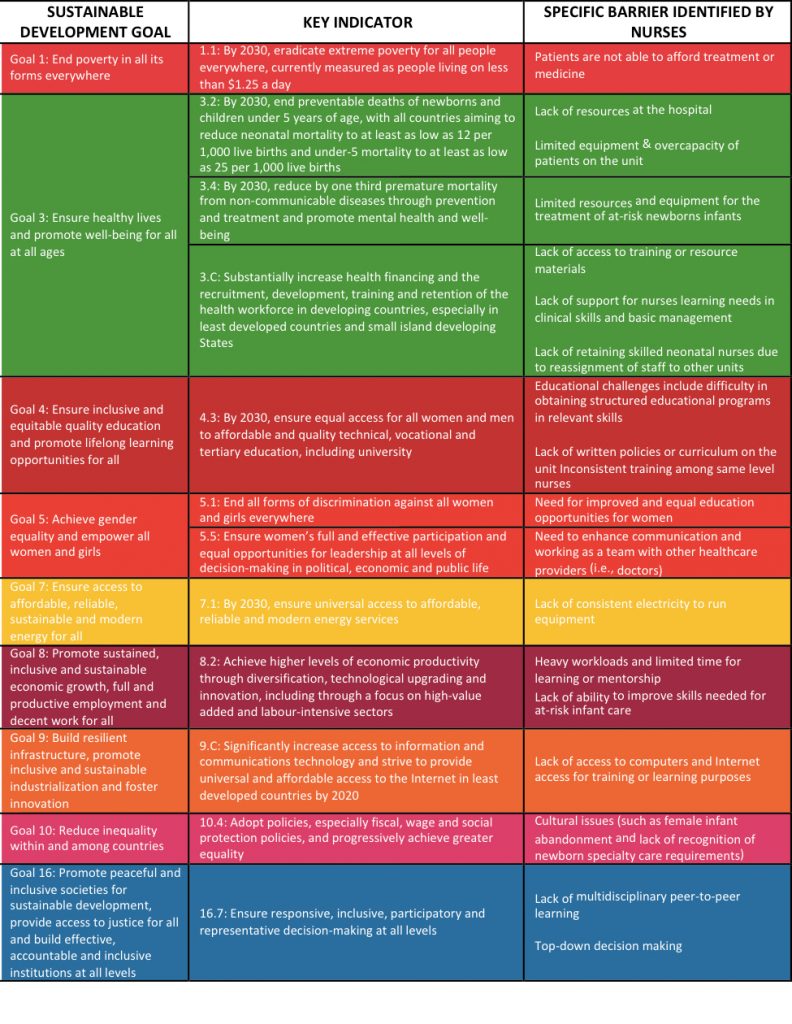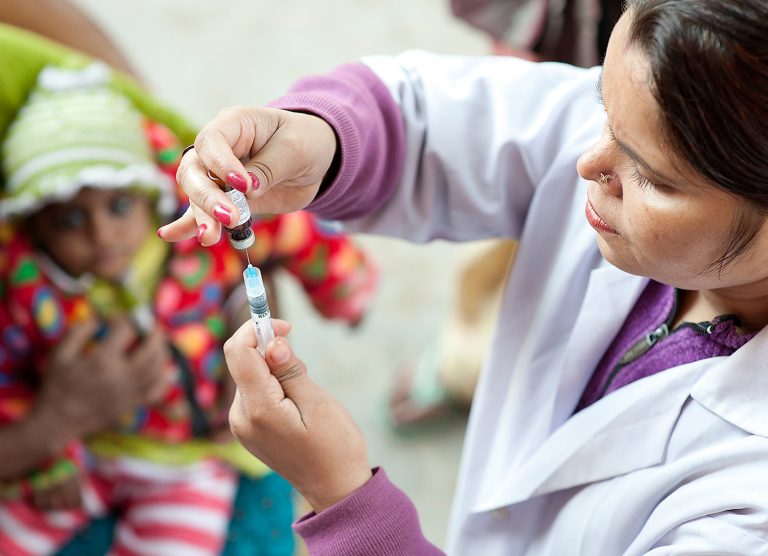Relative and absolute poverty continues to be a prevalent issue around the world that impacts all aspects of people’s lives. Receiving adequate health care, specifically in the neonatal period, is highly important due to the vulnerabilities that exists around complications during and after birth. However, there are many barriers to receiving such care, particularly for those in resource-poor countries where almost 99% of cases of neonatal mortality occur.
In 2000, the United Nations adopted the Millennium Development Goals (MDG) to improve the lives of the poorest people around the world by 2015. Despite attempts to reach these eight goals focusing on issues including maternal and child health, poverty, and school enrolment, many of the goals fell short of their target. For example, under MDG4, while the child mortality rate fell from 90 to 43 per 1,000 live births, it failed to meet the target drop of 2/3rds of the levels in 2000. In India specifically, one of the largest countries in the developing world, the infant mortality rate only reached 39 out of the goal of 27 per 1,000 live births by 2015. In 2015, India reportedly had 592,090 still births which was the highest amount out of all the countries in the world. Not surprisingly, India will play a pivotal role in being able to turn the tide against newborn mortality.
As the United Nations, governments, and organizations around the world came to realize that the MDGs would not be reached by 2015, discussion commenced around the next iteration. In 2015, the Sustainable Development Goals (SDGs) were adopted which aim to go beyond the MDGs to address the root causes of poverty for all people, not just those in developing countries. The SDGs consist of 17 universal goals with 169 specific indicators to be reached by 2030, applying to countries at all stages of development.
Skilled nursing care and low cost interventions, such as care-specific training, have been associated with improved mortality and morbidity in sick and at-risk newborns in low-resourced areas. Recognizing this, Campbell-Yeo and colleagues worked with nurses across India to identify the barriers and solutions to education to provide better newborn care. They held focus groups with 101 female nurses, auxiliary nurse midwives, physicians, and administrative staff who had provided care for sick or at-risk newborns for a minimum of 1 year. Taking a secondary descriptive analysis of findings from their data from newborn care providers across all levels of care, key identified barriers were matched to 9 out of 17 SDGs. By associating barriers with SDG indicators, we can measure whether we’re making progress towards reaching the goals. The MDGs showed that global monitoring works but we also know more needs to be done.
Table 1: Summary of the key SDG indicators and the barriers identified by Campbell-Yeo et al.

Not surprisingly, since the focus of Campbell-Yeo’s original analysis was on educational needs of nurses providing newborn care, nurses identified several barriers as it relates to SDG3: Ensure healthy lives and promote well-being for all at all ages. Within their article, Campbell-Yeo and colleagues reported that nurses identified that they experienced a lack of resources at the hospital, they had limited access to necessary life-saving equipment, and they experienced over capacity on their units. Nurses also discussed the lack of access to pre service and ongoing training and resource material as well as a lack of support for nurses to practice and maintain basic clinical skills once on the unit. They also discussed the lack of retaining skilled nurses caring for newborns due to frequent reassignment of staff within the hospital.
Interestingly, with the broadening of the SDGs beyond the core issues of poverty, several of the barriers that nurses identified can now be linked to a specific indicator that would have been missed in the MDGs. For example, the indicator SDG7.1 states “By 2030, ensure universal access to affordable, reliable and modern energy services”. As stated in the article, nurses identified that they lacked consistent electricity to run necessary equipment to keep vulnerable infants alive. Likewise, SDG9.C aims to “Significantly increase access to information and communications technology and strive to provide universal and affordable access to the Internet in least developed countries by 2020” which reflects the lack of access to computers and internet access for training or learning purposes that the nurses identified.
In conclusion, the SDGs, although quite broad in scope, can be argued to offer the ability to extend awareness and focus on progress, funding, and action around the needs of skilled nurses providing care to a highly vulnerable population. Due to its extensive size and population, the global attainment of the SDGs and improvement of newborn mortality, depends on India’s ability to address poverty, hunger, health, gender equality, and human development issues that exist.
